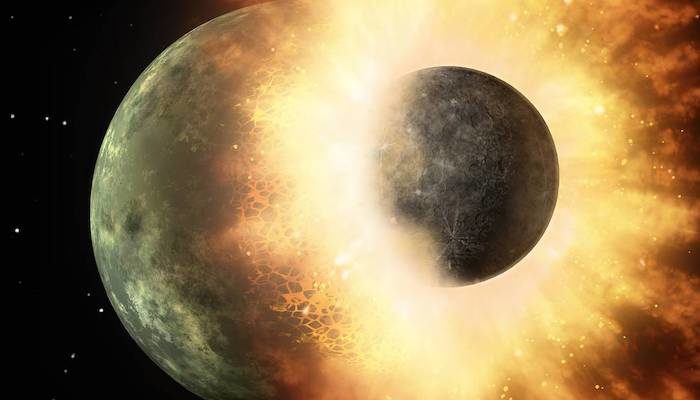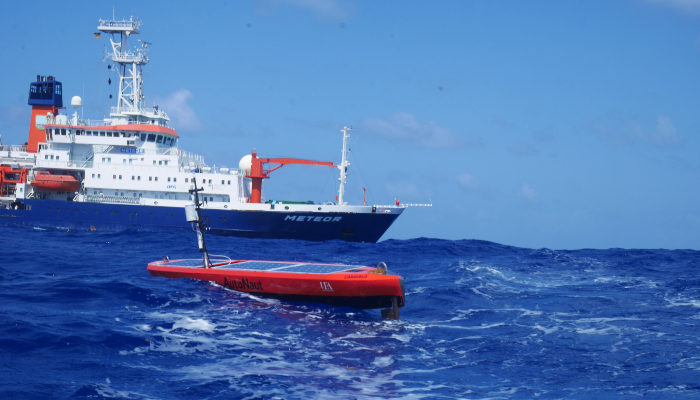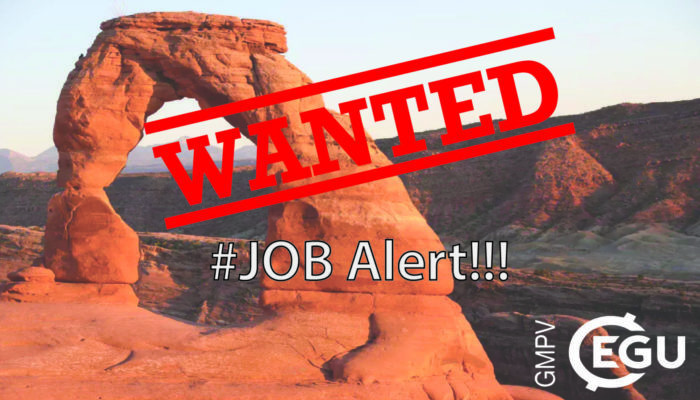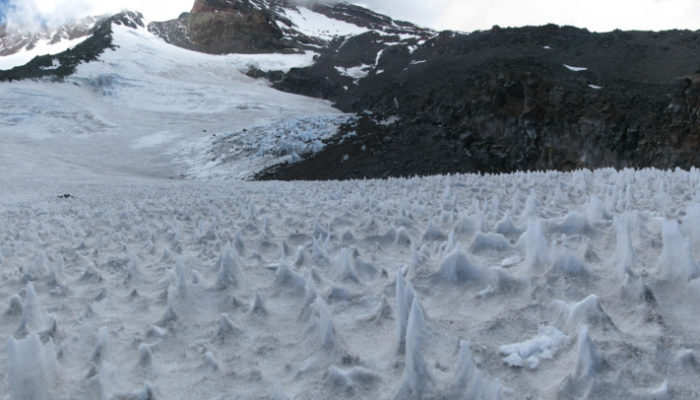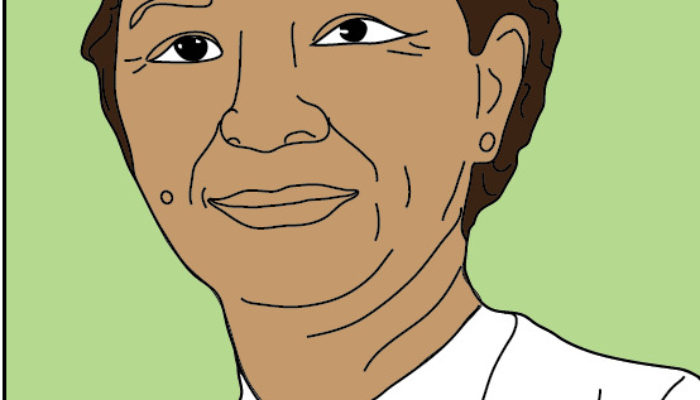Why does the Moon have a very small core and Mercury one that makes up roughly 85% of the planet’s radius? Why are humans doing research in geoscience and not some evolved version of dinosaurs? In this week’s blog post, Harry Ballantyne, PhD student at the Department of Space and Planetary Sciences at the University of Bern, is talking about large-scale collisions and how they can answ ...[Read More]
Tectonics and Structural Geology
TS Must-Read – Dietz (1961) Continent and ocean basin evolution by spreading of the sea floor
Dietz 1961 “Continent and Ocean Basin Evolution by Spreading of the Sea Floor” paper was ground-breaking for plate tectonics. Almost literally, as it discussed the sea-floor spreading theory. Certainly away from the consensus at the time, this article is a classic in divergent tectonic settings and it may be an interesting piece of work for ECS working in tectonics and, more particularly, in conti ...[Read More]
Ocean Sciences
Eurec4a: Tales from the Tropics
As many seagoing oceanographers find themselves on land for the foreseeable future, we’ve decided to share a tale of a research cruise to fill that ship-shaped void. Back in January 2020, four research vessels ventured out into the Tropical North Atlantic as part of the Eurec4a and ATOMIC campaigns. Eurec4a’s aim: to investigate the couplings between clouds, circulation and convection ...[Read More]
Seismology
From light to waveform: how fiber-optic cables can be repurposed as seismic arrays
What is Distributed Acoustic Sensing (DAS) and why is it exciting? Any observational seismologist would agree that our understanding of subsurface structure and dynamics is in great part limited by our ability to acquire data at the right locations, with the necessary spatial and temporal resolution. However, although our ultimate objective would be to cover the Earth with high-quality, broadband ...[Read More]
Geochemistry, Mineralogy, Petrology & Volcanology
‘Job’ alert! GMPV is looking for a (deputy) early career scientist rep!
The Geochemistry, Mineralogy, Petrology and Volcanology division of the European Geosciences Union is looking for a new Early Career Scientist representative! The current rep will stand down at the General Assembly in 2021, but we’d like some handover time between reps so we’re advertising now with the aim of the incoming rep starting in ~November 2020. They’ll officially be the ...[Read More]
Natural Hazards
Pros & cons of an academic life
The life of an academic is supposed to be fulfilling. To study a specific topic, understand it and share the acquired knowledge with everyone is something of great societal value and should make anyone proud. But, everything in life comes with pros and cons. So, today we will try to talk about the beauty and the problems that come with being an academic. My name is Luigi Lombardo and today I will ...[Read More]
Cryospheric Sciences
Climate Change & Cryosphere – Glacier retreat poses new challenges in the Central Andes
When you hear of Chilean glaciers, you probably think about the large glaciers of Patagonia. However, glaciers can be found further north in Chile as well (see this previous post). While the melting of the Patagonian glaciers mainly affects the global human population by contributing to sea level rise, the retreat of glaciers in central Chile affects the local human population directly in terms of ...[Read More]
Geodynamics
The Sassy Scientist – Flavours of mantle rheology
While drowning bacon in maple syrup, Eduardo has been wondering: Which rheology best describes the mantle? Dear Eduardo, You sound like a numerical modeller to me: someone who wants an equation (and one that actually works on top of it!) to describe the rheology of 84% of Earth’s total volume. You seem to seek one glove that fits all, and I am afraid to disappoint, but our planet does not wo ...[Read More]
Geodynamics
How to fall in love?
Ah, love – that elusive feeling most people search for. It can be hard to find and hard to hold on to. Let me help you out. This week, I will give you 10 definitive tips to find your perfect match and fall and stay in love with your research. 1. Size doesn’t matter Some people like big, broad research topics, while others like smaller, niche research topics for which you really need to dive ...[Read More]
Tectonics and Structural Geology
Marguerite Thomas Williams: The US’ first black person to obtain a doctorate in Geology
On the day of Christmas Eve, five years before the turn of the century, Marguerite Thomas Williams (December 1895 – August 1991) was born. She was the youngest of her five siblings born to her parents Henry and Clara Thomas. We don’t know much about her early life. Perhaps her older brothers and sisters would take her by the hand when walking to school, maybe the family would g ...[Read More]

